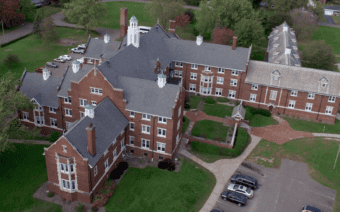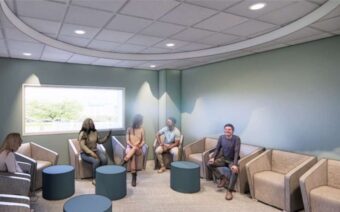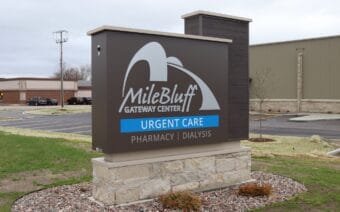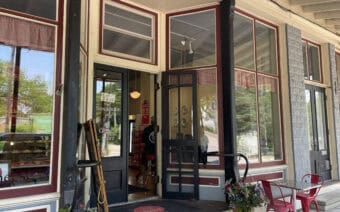
July 22, 2024
BALDWIN – When Western Wisconsin Health (WWH) opened the doors to its current facility in 2016, it provided health care for 134 births during that first year of operation.
This year, partly due to the closure of several area birthing centers – including Eau Claire’s HSHS Sacred Heart Hospital – the number of patients is expected to triple to 400 births.
Shonda Helgeson, chief nursing officer, said the hospital started seeing an increase in healthcare demand in 2021 as the COVID-19 pandemic developed.
The influx, Helgeson said, prompted WWH to expand to meet the demand.
The health and wellness center – located just off Interstate 94 at 1100 Bergslien St. – recently celebrated the opening of its expanded facilities, which include four new medical-surgical beds and three obstetrical beds.
The demand
Helgeson said St. Croix County is expected to grow in population by 41% by 2040.
“Our community is experiencing rapid growth, and we’re trying to keep up with demand,” she said.
Between 2020 and the end of WWH’s 2025 fiscal year, Helgeson said the facility will have doubled its daily inpatient numbers.
“In 2021, we started seeing full beds, where we had more patients than beds,” she said. “We decided in early 2022 we were going to kick off an expansion project.”
The new facilities
After securing funding through a mixture of health grants and private donations, Helgeson said WWH broke ground on the project in 2023.
A year later, the new facilities are already welcoming patients.
The medical-surgical department, Helgeson said, added four private rooms with large windows that are close to the facility’s new therapy center.
“Now our patients can receive their therapy services right in the medical/surgical unit,” she said. “That further equips them to become strong enough to go home and become independent.”
Additionally, Helgeson said the center opened three new obstetrics rooms – or labor and delivery suites.

The suites, she said, are large with views of the surrounding nature and feature state-of-the-art equipment.
Helgeson said one of the suites includes a water birth tub.
“We’re focused on the holistic approach to health and wellness,” she said. “It feels as close to home as it can be for a hospital setting… we’re meeting patients where they are.”
Helgeson said her team met with the general contractor, Market and Johnson, weekly to ensure WWH’s visions for the facility were carried out “quickly but safely.”
“When you’re adding to a hospital, there’s impact to the existing space,” she said. “We tried to minimize that while still providing care to patients.”
The need for access
Rural healthcare access, Helgeson said, has diminished in Western Wisconsin and throughout the country.
“The need for health care is expanding everywhere, and there are fewer options,” she said. “More and more healthcare entities are financially and otherwise challenged to provide services.”
Though WWH can send patients to cities with larger patient bandwidths like Eau Claire, Helgeson said it’s not ideal.
“Being able to keep our patients in our hospital in our community is overwhelmingly desirable,” she said.
Helgeson said access to local health care enables patients to have an established relationship with a provider who knows their medical history, allowing for seamless care.
“When a patient is shuffled to another facility, they might not have the easiest access to the medical records,” she said. “There’s an information exchange barrier that takes time to sort through.”
Additionally, Helgeson said when patients are moved to other facilities far from home, it can be difficult for families to visit.
Such distances, she said, can also make it difficult for patients to receive transitional care after being discharged, like home health, hospice or infusion services.
“You want (patients) to achieve those services in their community,” she said. “Travel is a barrier for patients at times. Not everyone has a private vehicle to drive to appointments.”
As patients and staff settle into their new facilities, Helgeson said WWH is focused on ensuring the hospital continues to meet the needs of its community.
She said WWH staff maintains an open line of communication with local business partners and school districts so they can know which healthcare areas the region needs to improve or expand.
“For now, though, we’re focused on taking care of the patients we have and helping them settle into this new space,” she said.
 Green Bay Packaging succeeds at sustainability
Green Bay Packaging succeeds at sustainability Lamers Dairy takes home two first-place awards at World Dairy Expo
Lamers Dairy takes home two first-place awards at World Dairy Expo








